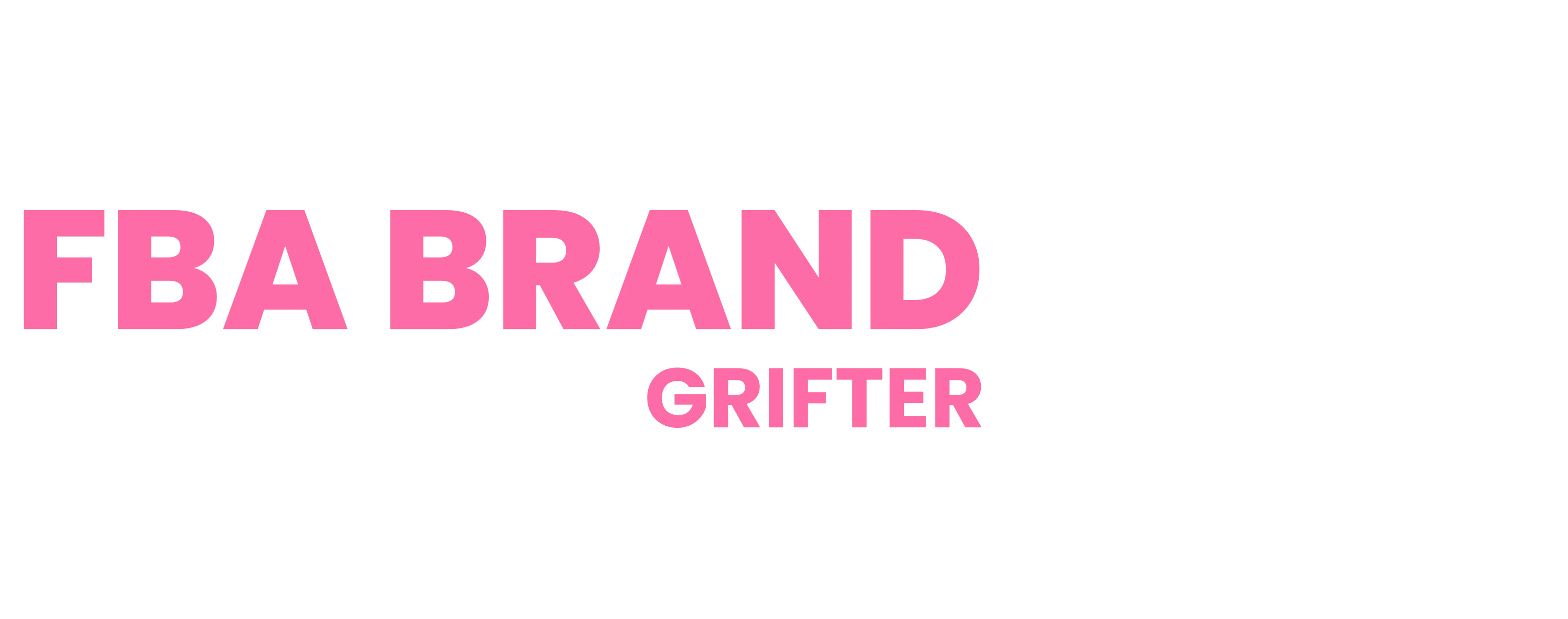One of the key factors prospective clients consider when evaluating any business mentorship program is its track record. Established programs typically highlight their success metrics, offering transparent data on client outcomes, return on investment (ROI), and growth. For those evaluating the FBA Brand Builder program, however, transparency appears to be limited. This article examines the program’s lack of detailed, verified success metrics and why that’s a potential red flag.
No Verified Case Studies or Success Metrics
Despite its bold claims of transforming clients’ financial futures, the FBA Brand Builder program does not appear to publish any detailed case studies or verifiable success stories that include revenue, profit, or ROI figures. Former clients have shared that, while the program promotes general claims of success, it lacks in-depth, publicly accessible examples showing how specific clients achieved their results, or how long it took.
Client Feedback
Multiple sources told us they felt unclear on the expected financial timeline, with some expecting rapid returns only to find themselves struggling with unanticipated costs. One client shared, “I joined hoping for clear guidance on profitability, but instead I saw more motivational talk than practical data.” For a program of this scale, the absence of transparent, verified results can make it difficult for potential clients to assess its value.
Related Article: Financial Strain and Unanticipated Costs in FBA Programs

Why Verified Success Metrics Are Important
In any mentorship or educational program, success metrics provide a tangible measure of its value. Programs that openly disclose data—like average monthly revenue, average time to profitability, or ROI—allow potential clients to make informed decisions. In the case of FBA Brand Builder, the lack of detailed success metrics could indicate that outcomes may not align with the bold claims promoted on social media.
Why It Matters
Verified metrics help prospective clients understand whether they’re likely to see a positive return on their investment. Without clear metrics, potential clients may be drawn in by generalized claims of success, which do not provide a realistic picture of what’s achievable or how long it might take to reach profitability.
Related Article: Inside the FBA Brand Builder Contract: What You Need to Know Before Signing
The Role of Social Media in Creating an Image of Success
FBA Brand Builder uses social media extensively to showcase apparent client successes, with testimonials, high-energy posts, and motivational quotes shared frequently. While this creates a perception of widespread success, these social media posts rarely include verifiable metrics like profit margins or ROI data. This approach, while effective for marketing, can create a distorted view of the program’s outcomes.
Client Feedback
Several sources noted that the lack of concrete financial information made it difficult to gauge the program’s actual value. One former client mentioned, “I kept seeing stories of people making thousands, but when I looked closer, there were no specifics on what they earned after expenses. It’s hard to know what’s real and what’s just marketing.”
For potential clients, it’s essential to look beyond motivational content and focus on data-backed results that reflect true business performance.

Limited Access to Transparent Client Feedback
FBA Brand Builder’s strict contract terms—specifically its non-disparagement clause—limit clients’ ability to share honest feedback, particularly if their experiences are less positive. According to multiple sources, this clause restricts clients from discussing challenges publicly, effectively preventing them from voicing any dissatisfaction or sharing lessons learned.
Why This Raises Questions
A transparent program typically allows for open client feedback, which can include both successes and areas for improvement. Programs that restrict this transparency may leave prospective clients with only the most favorable narratives. This lack of open feedback can skew perceptions and makes it difficult to assess whether the program’s positive testimonials represent a majority of client experiences.
Related Article: The Support Gap: Limited Mentorship and Community Issues in FBA Programs
The Difference Between Revenue and Profit: Why It Matters
Promotional materials from FBA Brand Builder often focus on top-line revenue rather than net profit, a distinction that’s crucial for potential clients to understand. Revenue figures can be impressive, but without insight into profit margins, costs, or advertising expenses, they do not provide a complete financial picture.
Client Feedback
One former client shared, “We kept hearing about revenue targets, but when I looked at my own numbers, the cost of ads and other expenses meant my profit was minimal.” This distinction between revenue and net profit is essential, especially in an Amazon FBA model where advertising and logistics costs can significantly impact margins.
For potential clients, it’s important to ask programs for transparent insights into profit, as this figure reflects actual financial success rather than high revenue figures that may not account for business costs.
Related Article: Financial Strain and Unanticipated Costs in FBA Programs

How to Approach Programs Without Transparent Metrics
If you’re considering a program like FBA Brand Builder that does not publicly share verified success metrics, it’s wise to approach with caution. Here are a few steps to protect your investment:
- Ask for Case Studies: Request detailed case studies that cover both revenue and profit over time.
- Check Independent Reviews: Seek out third-party reviews on forums or websites that provide unfiltered feedback from former clients.
- Evaluate Contract Terms: Review any clauses that may restrict your ability to share feedback or exit the program, ensuring you’re comfortable with the limitations.
- Understand the ROI Timeline: If possible, get a clear picture of how long it generally takes for clients to see a return on their investment.
Transparency is a core value in effective mentorship. Programs that are reluctant to share detailed, verifiable data may not provide the results they claim, so it’s essential to do thorough research.
What You Need To Know
The lack of verified success metrics and transparency in the FBA Brand Builder program raises significant questions for potential clients. Without clear data on client outcomes, revenue vs. profit, or a realistic timeline for ROI, assessing the program’s true value becomes challenging.
For those considering the FBA Brand Builder program, it’s worth examining whether the program’s claims align with transparent, data-backed metrics. In an industry where success can vary widely, choosing a program that prioritizes transparency can make a significant difference in achieving sustainable, measurable success.

